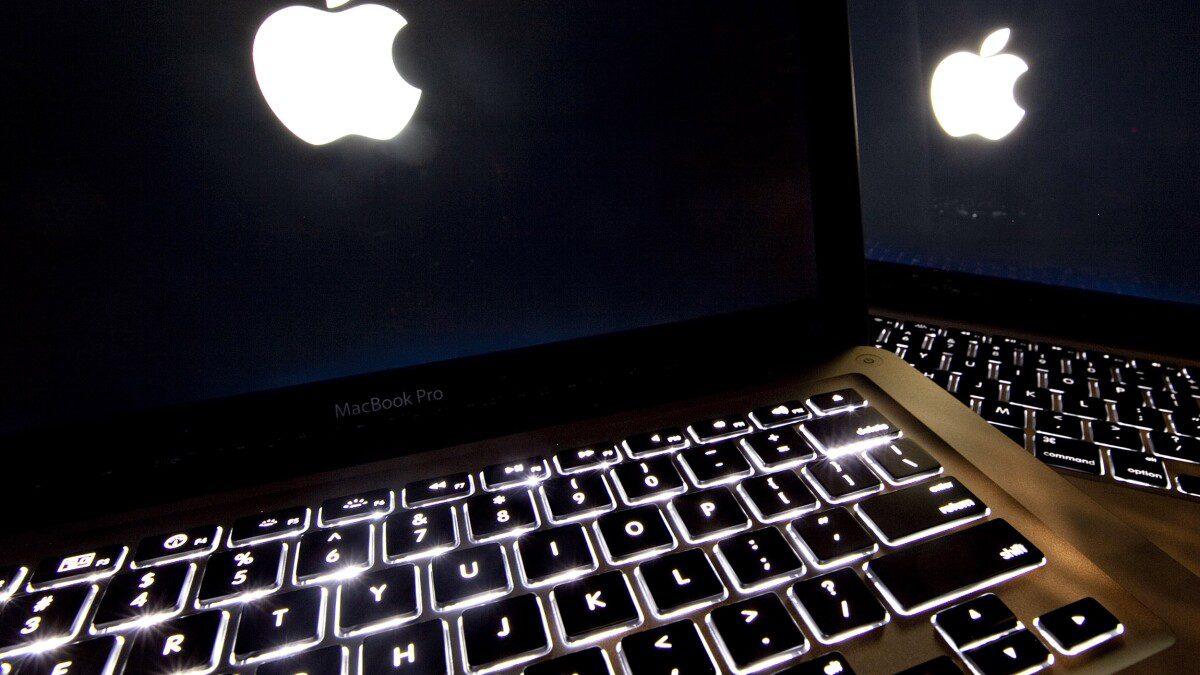Apple was virtually positive that its new MacBook models, which included redesigned keyboards with “butterfly” buttons, would be a success when they were introduced in 2015. They took the place of the MacBook’s traditional scissor-based keys because they were more streamlined and could fit in the shallow casings of computers. Apple claimed it could cut the thickness of the MacBook by about 40% by using butterfly keys. That dream, however, quickly changed from being lovely to being terrible.
Nearly all MacBook users complained about issues with the butterfly keyboard. The keys were sticky and occasionally unresponsive when used in the real world. Additionally, due to the tiny space between the surface of the laptop that houses the keys and those keys, any piece of debris or dust could cause the keys to stopping functioning altogether. This led to more errors being made.
Customers who bought a new MacBook, MacBook Air, or MacBook Pro from Apple during that time are probably already aware of the problem with the malfunctioning keyboard. Customers reported that the butterfly keyboards would frequently become trapped or would just break and stop working. This keyboard’s keys would readily become covered in dust and other minute particles, such as crumbs, which would be challenging to remove and prevent users from pressing the key.
Apple made an effort to repair the butterfly mechanism during the course of the subsequent MacBook models. Some issues were able to be resolved here and there. It provided instructions on how to remove the debris, started a service program for people who were impacted by the problem, and then made design improvements. Key stickiness, however, remained a persistent problem. The problematic keyboards persisted even in the 2019 MacBook, including both the Pro and Air models. All of the models are specified by Apple in the settlement documents.
Apple had to contend with a number of class-action lawsuits in the US at this time. While the majority of complaints sought damages, one said that Apple knew about the keyboard’s problems but kept them hidden. Apple is currently settling that claim for $50 million.
Apple reached a settlement with a class action lawsuit on Tuesday about its problematic butterfly keyboards. Apple is expected to pay $50 million as part of the deal.
Along with the first keyboard problems, Apple’s response to the concerns was also subpar. Apple started a repair program for Mac with butterfly keyboards to address concerns. Some Apple customers had to return more than once to have their MacBook keyboards serviced because they were just given a new butterfly keyboard as a replacement.
Before adopting a new “scissor-switch” keyboard in 2019, Apple continued to use the butterfly keyboard.
The class action lawsuit against the business alleged that Apple attempted to hide the problem despite being aware that the new keyboard design at the time was flawed. Apple, however, asserted its innocence as part of the settlement agreement.
If you purchased a Mac with a butterfly keyboard while an Apple customer, you might be entitled to compensation. Customers who have to replace many keyboards should obtain a payout of up to $395, according to attorneys. They would receive $125 if they had to replace only one keyboard. You would be eligible for $50 if your MacBook merely required new keycaps.
In addition to paying the customers, Apple also promised to continue offering these customers free keyboard repairs for another four years following their purchase.
All of this, however, is dependent on the judge approving the settlement. Additionally, the only customers of Apple who required repairs were those in California, Florida, Illinois, Michigan, New Jersey, New York, and Washington.
If you’re wondering how much damage Apple will take from that $50 million, consider that just last quarter, the business generated a $25 billion profit.
Being one of the leading news writers of the medicalmarketreport he writes on other news sites like media.market.us, DailyHeraldBusiness, and many more., Steven holds a specialization in the domains of business and technology. The passion he has for the new developments in connected devices, cloud technology, virtual reality, and nanotechnology is seen through the latest industry coverage which is done by him. His take on the consequences of digital technologies across the world gives his writing a modern and fresh outlook.
